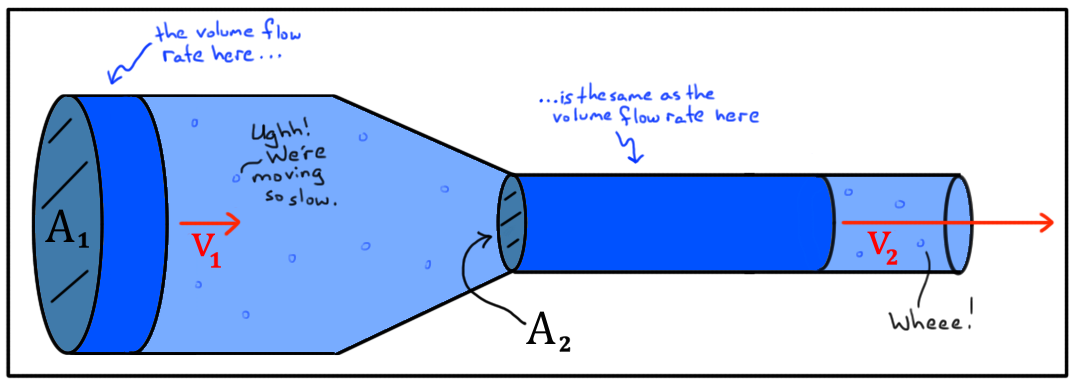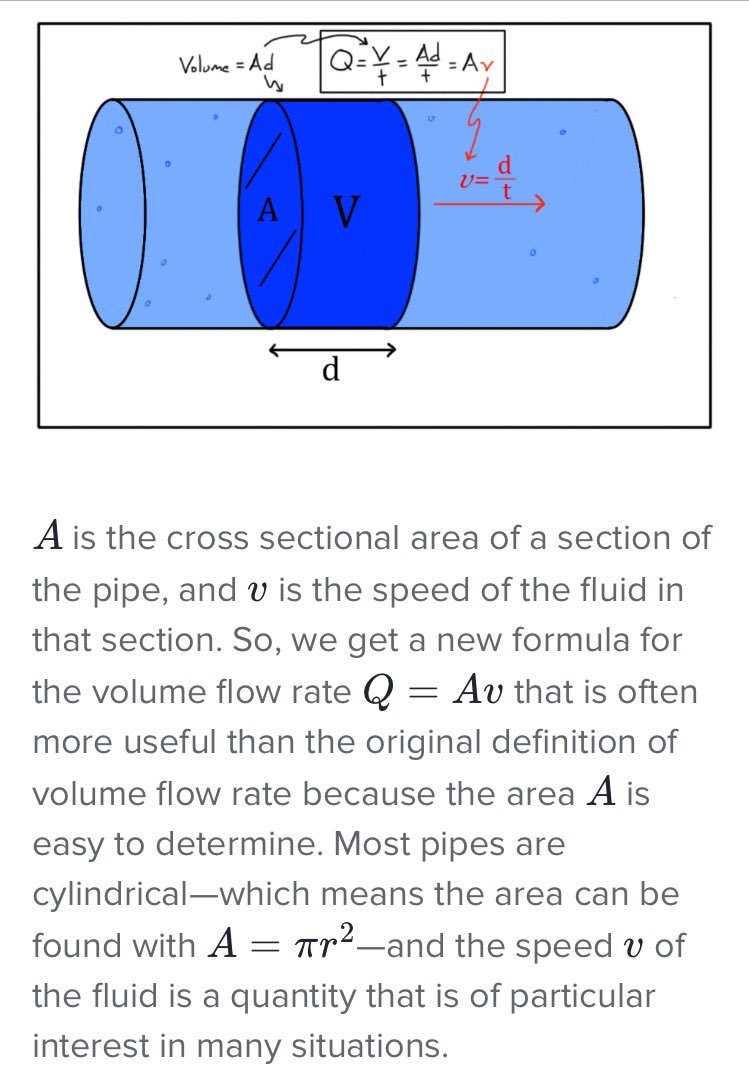Prologue: The Essence of Fluid Motion
Imagine a mighty river cascading through a rugged canyon, its tumultuous waters carrying sediment and shaping the surrounding landscape. Or visualize the intricate dance of air currents around an aircraft’s wings, enabling it to soar through the heavens. These are but a glimpse into the fascinating world of fluid dynamics, where the motion of fluids—liquids and gases—dictates a myriad of phenomena affecting our daily lives.

Image: www.tessshebaylo.com
In this comprehensive exploration, we delve into a fundamental aspect of fluid dynamics: the conversion between volume flow rate and mass flow rate. This interrelation holds immense significance in diverse fields, from engineering and environmental science to medicine and manufacturing. By understanding the principles governing these flow rates, we unlock the ability to optimize fluid systems, enhance efficiency, and unlock new possibilities.
Volume Flow Rate: Delving into the Essence of Volume Transport
Volume flow rate measures the volume of fluid passing through a given cross-sectional area per unit time. Expressed in units of cubic meters per second (m3/s), cubic feet per minute (cfm), or gallons per minute (gpm), it serves as a crucial parameter in quantifying fluid transfer rates in pipelines, ducts, and other fluid-handling systems.
Engaging with volume flow rate necessitates an understanding of its nuances. For instance, in incompressible fluids like water, the volume flow rate remains constant throughout the system under steady-state conditions, regardless of changes in pressure or cross-sectional area. However, for compressible fluids, such as air or natural gas, variations in pressure and temperature can alter the volume flow rate, demanding careful consideration in system design.
Mass Flow Rate: Unveiling the Significance of Fluid Substance
Mass flow rate, in contrast to volume flow rate, measures the mass of fluid passing through a given cross-sectional area per unit time. Its fundamental unit is kilograms per second (kg/s), also expressed in pounds per minute (lbm/min) or slugs per second (slugs/s). It provides insights into the actual quantity of material transported within a fluids system, irrespective of its density.
The distinction between mass flow rate and volume flow rate becomes particularly evident when dealing with fluids of varying densities. Consider the scenario of comparing the flow of water and oil, both having different densities. While their volume flow rates may be identical, their mass flow rates will differ significantly, highlighting the significance of mass flow rate as a true representation of mass transport.
The Interrelation: Connecting Volume and Mass Flow Rates
The conversion between volume flow rate and mass flow rate hinges upon fluid density, which represents the mass of a fluid per unit volume. Mathematically, mass flow rate is obtained by multiplying the volume flow rate by fluid density, expressed as ρ (rho):
Mass Flow Rate (kg/s) = Volume Flow Rate (m3/s) X Fluid Density (kg/m3)
This pivotal relationship enables transitioning between these fundamental flow rate measures and serves as the cornerstone for fluidic system analysis and optimization.

Image: www.cloudizsexy.com
The Practical Utility: Transforming Knowledge into Impact
The conversion between volume flow rate and mass flow rate transcends theoretical implications, unlocking a vast array of practical applications that positively impact engineering, science, and everyday life.
Consider the pivotal role played by mass flow rate in biomedical engineering. By precisely controlling the mass flow rate of fluids within medical devices, such as infusion pumps or ventilators, healthcare professionals can administer accurate dosages of medication or regulate breathing assistance, ensuring optimal patient care.
In the realm of environmental engineering, continuous monitoring of mass flow rate proves crucial in wastewater treatment facilities. This data drives efficient operation of pumps and optimizes chemical dosing, ensuring both environmental protection and regulatory compliance.
Volume Flow Rate To Mass Flow Rate
Conclusion: Empowering Innovation, Optimizing Performance
Volume flow rate and mass flow rate stand as fundamental parameters in the realm of fluid dynamics, providing indispensable insights into fluid transport phenomena. Their interrelation, coupled with an understanding of fluid density, empowers engineers, scientists, and healthcare practitioners to harness fluid flow for diverse applications with profound societal impact. From optimizing industrial processes to safeguarding human lives, the mastery of volume flow rate to mass flow rate conversion fosters innovation and drives progress across scientific and engineering disciplines.